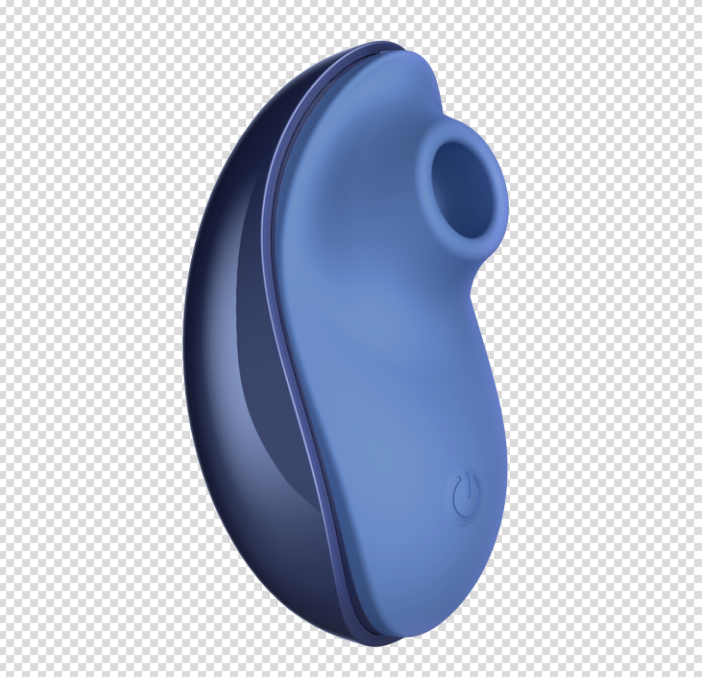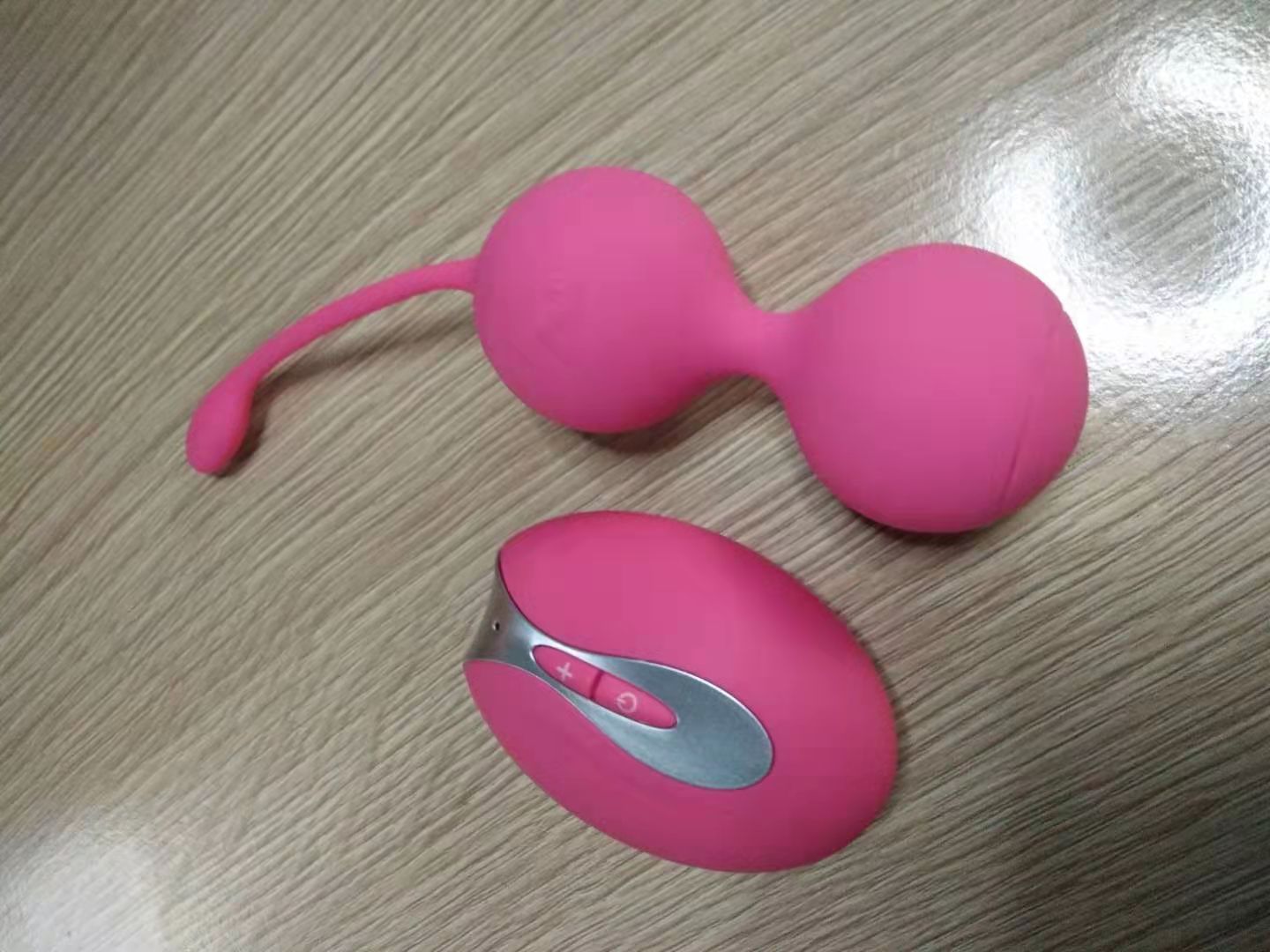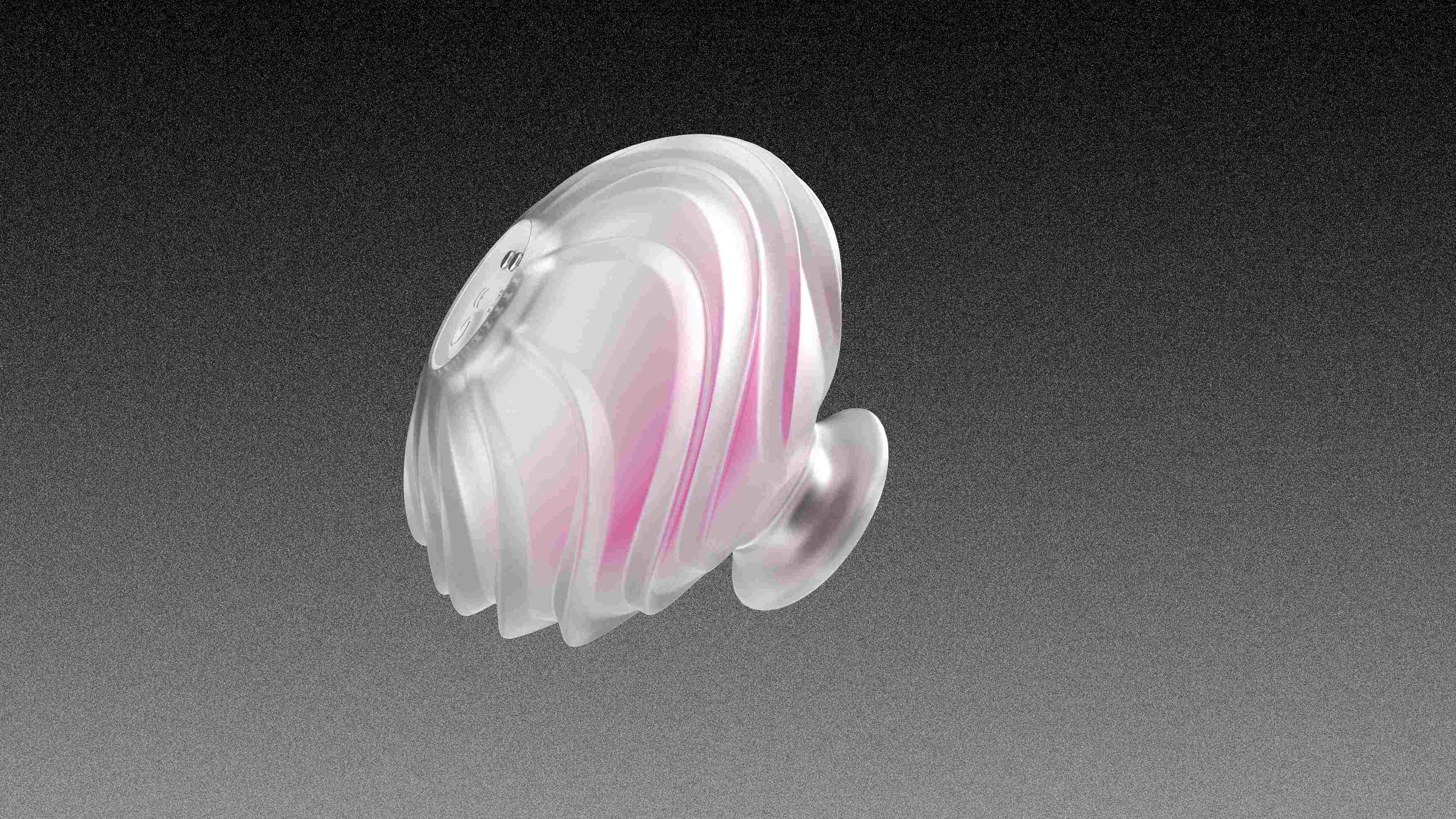About Us
Why Are Pelvic Floor Exercises Essential for Adults?
Views : 44
Update time : 2025-04-01 14:28:00
Problem: Millions of adults silently struggle with bladder leaks, reduced sexual satisfaction, pelvic pain, or pelvic floor muscle spasms—issues often linked to weak or dysfunctional pelvic floor muscles.
Ignoring these muscles can lead to long-term health complications, social embarrassment, and diminished quality of life.
Solution: Targeted pelvic floor exercises (PFEs), combined with innovative pelvic floor therapy tools and adult wellness products, offer a discreet, effective way to rebuild strength, alleviate spasms, and restore confidence.
The Critical Role of Pelvic Floor Exercises
Pelvic floor exercises strengthen the muscles supporting the bladder, uterus, prostate, and rectum. They improve urinary control, enhance sexual function, prevent pelvic organ prolapse, and relieve pelvic floor muscle spasms. High-risk groups include postpartum women, aging adults, prostate surgery patients, individuals with chronic pelvic pain, and those with sedentary lifestyles. Modern solutions like Kegel balls, electrostimulation devices, biofeedback sensors, and other pelvic floor therapy tools make PFEs accessible, measurable, and effective.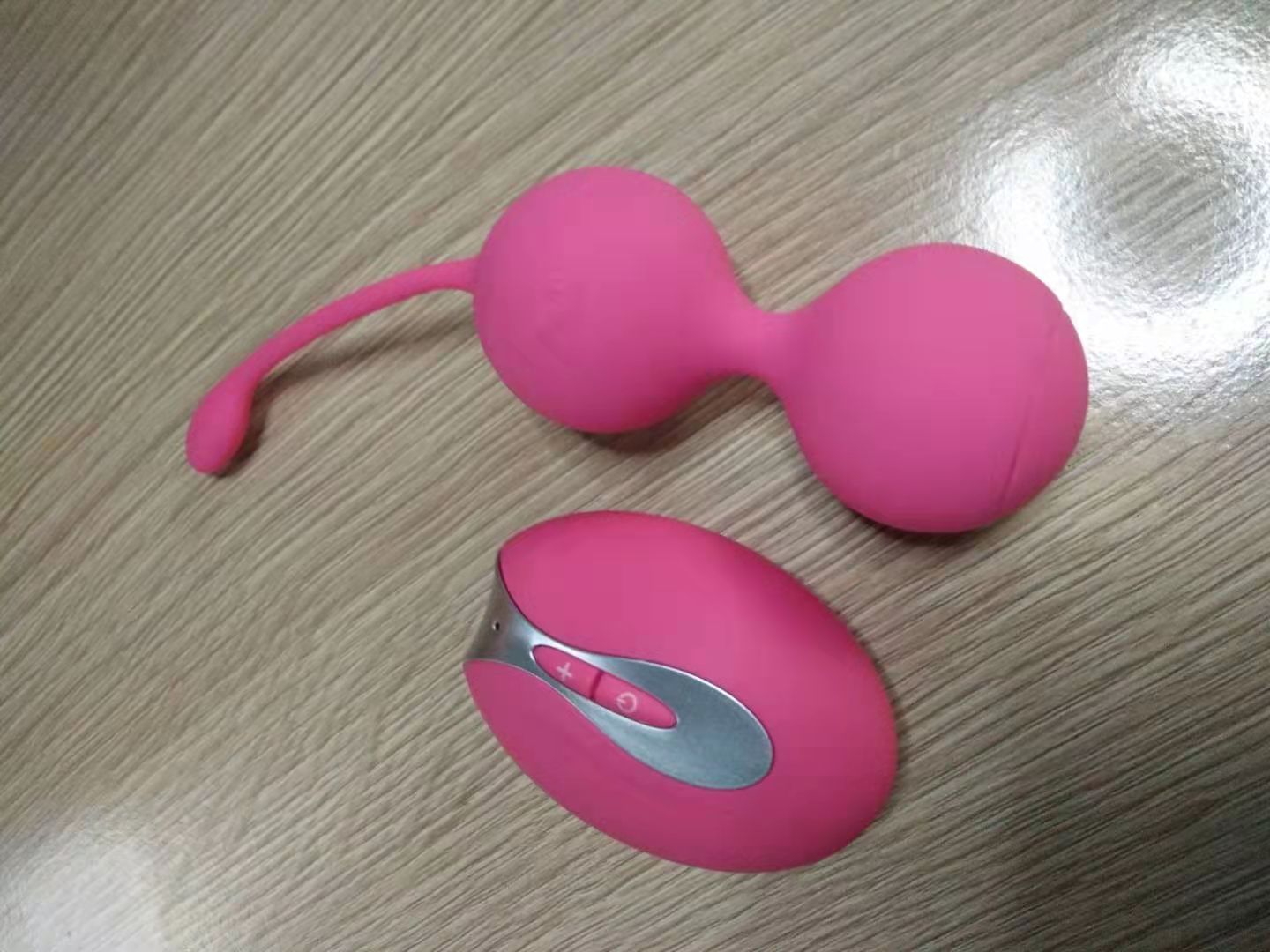
1. Why Do Adults Need Pelvic Floor Exercises?
Weak pelvic floor muscles cause:
Urinary incontinence (1 in 3 women experience leaks in their lifetime).Erectile dysfunction (linked to poor pelvic muscle tone in men).
Pelvic organ prolapse (affects 50% of women over 50).
Pelvic floor muscle spasms** (causing chronic pain and reduced mobility).
PFEs reverse these issues by improving muscle tone, blood flow, and neuromuscular coordination. For brands, this creates demand for FDA/CE-certified, ergonomic pelvic floor therapy tools that simplify training and address specific conditions like spasms.
2. Who Needs Pelvic Floor Training?
Target Demographics:
Postpartum Women: Childbirth weakens pelvic muscles; 30% need rehab.Men Post-Prostate Surgery: 65% face temporary incontinence.
Aging Adults: Muscle atrophy raises leakage risks after 50.
Chronic Cough Sufferers: Asthma or smoking strains pelvic support.
Individuals with Pelvic Floor Dysfunction: Including those with pelvic floor muscle spasms or hypertonicity.
Market Insight: Products must address gender-specific needs and conditions like spasms, requiring specialized pelvic floor therapy tools (e.g., prostate-friendly designs for men, gentle dilators for hypertonic muscles).
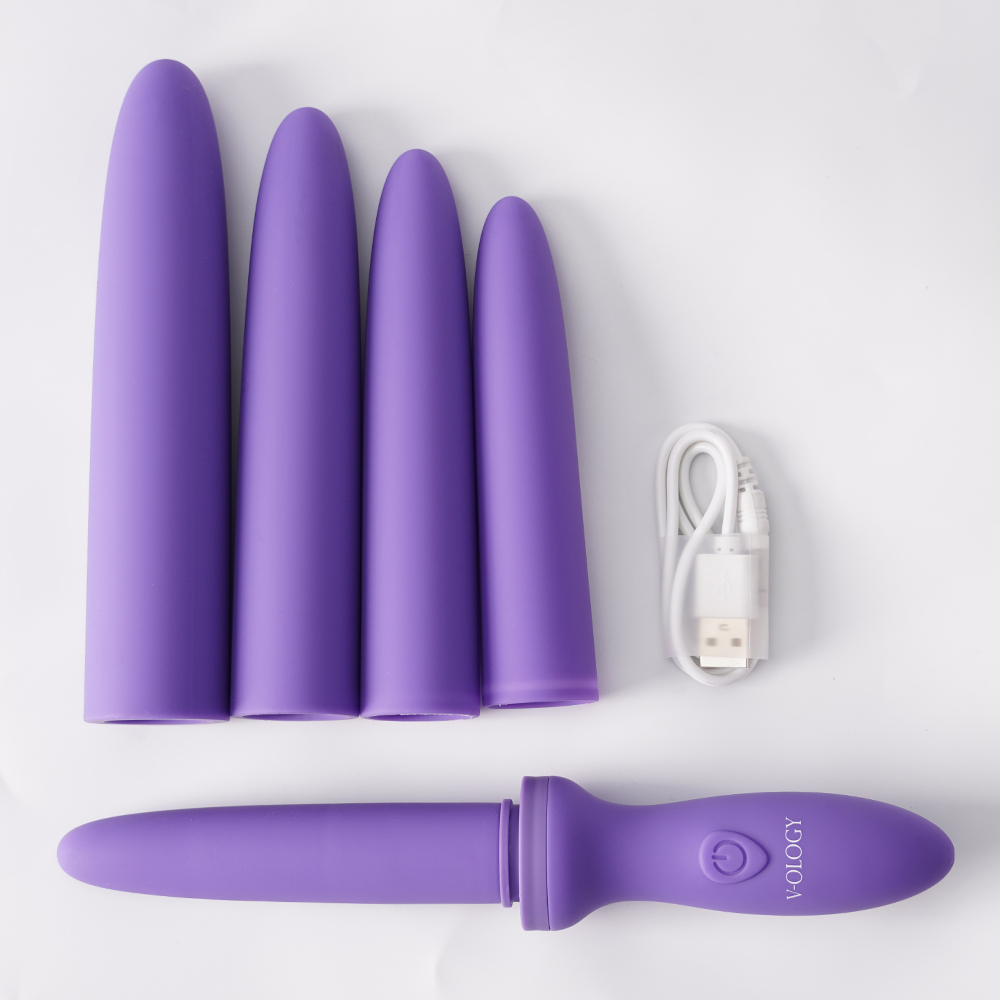
3. 6 Proven Pelvic Floor Therapy Tools for Rehabilitation
A. Kegel Balls (Ben Wa Balls)
Function: Weighted balls inserted vaginally to strengthen muscles via resistance. Effective for preventing atrophy and improving coordination in mild spasms.Example: Lelo Luna Beads (medical-grade silicone, 3 progressive weights).
B. Dilators
Function: Graduated inserts to relax tight pelvic muscles, ideal for easing pelvic floor muscle spasms post-childbirth or surgery.Innovation: Vibrating dilators (e.g., Dione Dilator) enhance blood flow and reduce spasm-related discomfort.
C. Electrostimulation Devices
Function: Mild electrical pulses trigger muscle contractions passively. Calibrated programs can relax overactive muscles causing spasms.Example: INNOVO (FDA-cleared shorts for stress incontinence).
D. Smart Kegel Trainers
Function: Bluetooth-connected devices guide users via app feedback. Include programs for both strengthening and relaxing spasms.E. Biofeedback Sensors
Function: Real-time muscle activity tracking helps users identify and correct spasms or excessive tension.F. Prostate-Friendly Devices
Function: Tools like Prostate vibrator improve bladder control post-surgery and address pelvic floor tension in men.4. How to Choose Market-Ready Pelvic Floor Therapy Tools
Certification: Prioritize FDA/CE/MDR compliance, especially for devices targeting pelvic floor muscle spasms.Versatility: Products should offer dual modes (strengthening + relaxation) to address both weakness and spasms.
Educational Bundles: Include guides on differentiating muscle weakness from hypertonicity.
Final Thoughts
The $2.8B pelvic floor health market increasingly demands therapy tools that address diverse needs—from postpartum recovery to chronic pelvic floor muscle spasms. Brands investing in clinically validated, multifunctional devices (e.g., electrostimulation + biofeedback combos) will dominate this growing space.
相关新闻


